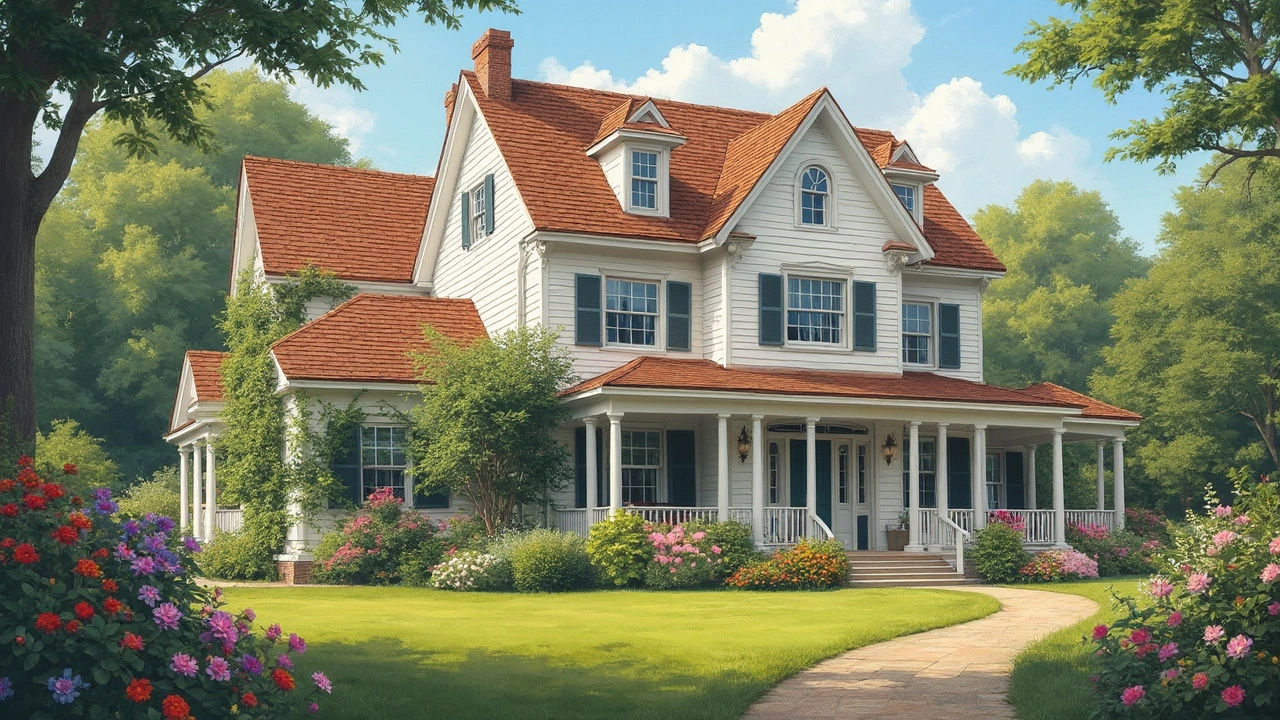Colonial Revival Architecture is more than just a nod to the past; it stands strong today with its charismatic blend of history and functionality. From symmetrical facades to charming porches, this style offers timeless aesthetics paired with modern adaptability. Whether you're renovating an existing home or designing a new one, understanding the relevance of Colonial Revival can guide your architectural decisions. This article explores reasons behind its enduring appeal and how you can incorporate its elements into modern living spaces.
Historical style: how to spot, read, and use classic architecture
Most streets hide history in plain sight. A cornice, a set of columns, or a particular roofline can tell you where a building came from and what people valued when it was built. This page explains the main historical styles you’ll see, simple clues to identify them fast, and practical ways to work those ideas into modern projects or preservation work.
Spot the style fast
Start with three quick checks: shape, detail, and materials. Shape means the big moves — domes, gables, pediments, or flat roofs. Detail covers ornament — carved stone, ironwork, pilasters, or stucco. Materials give context: brick and sash windows often point to Georgian or Colonial; white columns and triangular pediments usually mean Greek Revival; heavy ornament and sweeping curves suggest Baroque or Beaux-Arts.
Look for signature features: Greek Revival favors bold columns and balanced symmetry. Colonial buildings often show local adaptations — steep roofs in cold climates, verandas in warm ones. Beaux-Arts brings grand staircases, sculptural details, and formal axes. Renaissance and Baroque use classical orders but differ in mood: Renaissance aims for measured harmony, Baroque adds drama and motion. Modern movements like Constructivist and Bauhaus strip ornament for structure and function; spotting them helps you read later evolutions of design.
Small details matter. Window shapes, door frames, cornice lines, and even brick patterns are clear markers. For example, sash windows with shutters often point to Georgian or Colonial; round arches and vaults can signal Roman or Renaissance influences. If you learn five features per style, you’ll recognize them on a walk in your neighborhood.
Use historical style today
Want to bring historical style into a renovation or new build? Start with scale and proportion rather than copying ornament. Match roof pitches and window heights to keep the street rhythm. Use a limited palette of materials — the original stone, brick, or plaster—so modern additions feel anchored. Where you can’t match materials, echo proportions or repeat a simple detail like a cornice line or column spacing.
For interiors, borrow layout ideas: central halls from Georgian plans, light-filled courtyards from Mediterranean styles, or decorative molding from Beaux-Arts to add character without overwhelming the space. When restoring, document original features and repair rather than replace when possible. If local rules govern historic properties, check guidelines early to avoid costly changes later.
Curious for deeper reads? Explore focused pieces on Colonial, Greek Revival, Beaux-Arts, Renaissance, and other styles to see photos, case studies, and practical renovation tips. Knowing a style helps you spot value, avoid mistakes, and make choices that respect history while serving today’s needs.
Walk a block with this checklist and you’ll start reading buildings like short stories — each one explains a moment, a maker, and a culture. Want help identifying a building near you? Check the linked articles on this tag page for quick visual clues and timelines.

